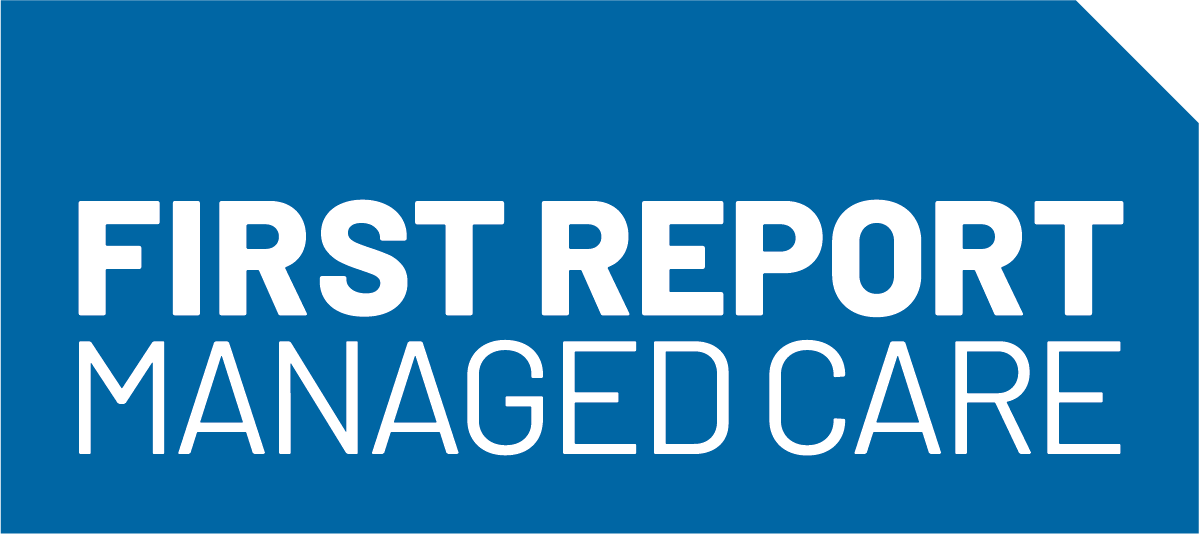New Treatment for Vitiligo Offers Long-Term Cost Savings and High Repigmentation Success
A novel treatment for stable vitiligo combining autologous skin cell suspension (ASCS) with phototherapy has demonstrated both clinical success and long-term cost savings when compared to phototherapy alone, according to study results published in the Journal of Medical Economics.
The clinical benefits of ASCS plus phototherapy were established in a pivotal trial, and it is shown to be successful in treating vitiligo on areas of the hands, face, trunk, and nipple-areola complex with minimal adverse effects.
“To better understand the potential economic benefits, we developed an economic model comparing ASCS plus phototherapy to phototherapy alone for the repigmentation of stable vitiligo lesions from a US payer perspective,” the authors stated.
In a recent economic analysis based on outcomes from the pivotal RSVP clinical trial, ASCS plus phototherapy was shown to result in $8738 lower total costs per patient over a 5-year period, despite higher upfront costs in the first year. This innovative approach led to 36% of patients achieving at least 80% repigmentation by week 24, compared to 0% with phototherapy alone—offering a significant advancement for patients struggling with the psychosocial and physical burdens of vitiligo.
Vitiligo, a chronic autoimmune skin condition affecting up to 1.1% of the US adult population, is often associated with mental health challenges and increased health care costs. Traditional treatments, such as topical creams and phototherapy, offer limited efficacy, particularly in difficult-to-treat areas. ASCS, recently approved by the US Food and Drug Administration (FDA) in June 2023, uses a small sample of the patient’s own skin to prepare a suspension rich in melanocytes, keratinocytes, and fibroblasts to restore pigmentation. In addition to strong clinical outcomes, the decision-tree economic model found that cumulative costs dropped below phototherapy alone by the third year, with cost savings continuing to grow. Scenario analyses further supported the economic benefit, showing even greater savings when success was defined more broadly as >50% repigmentation. These findings highlight ASCS plus phototherapy as a promising new standard of care for patients with stable vitiligo seeking lasting, cost-effective treatment.
“The potential for reductions in mental health burden and increased savings in societal costs, due to improvements in repigmentation, may further elicit the value of ASCS treatment,” concluded the study authors.
Reference
Benner J, Adair N, Hitt B, Nguyen VL, Hamzavi IH, Sussman M. Autologous skin cell suspension plus phototherapy in stable vitiligo: findings from a US economic model. J Med Econ. 2025;28(1):425-435. doi:10.1080/13696998.2025.2475674











